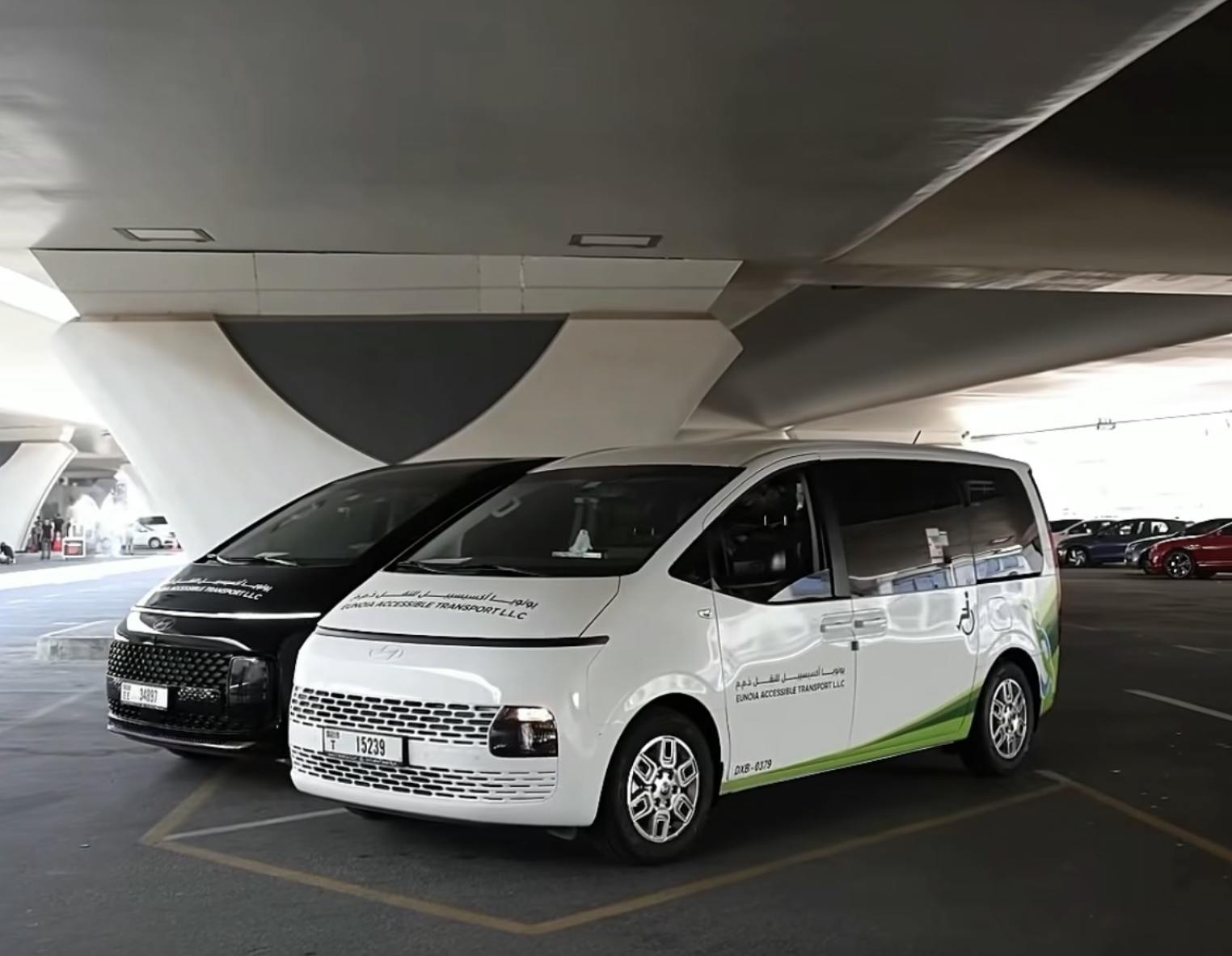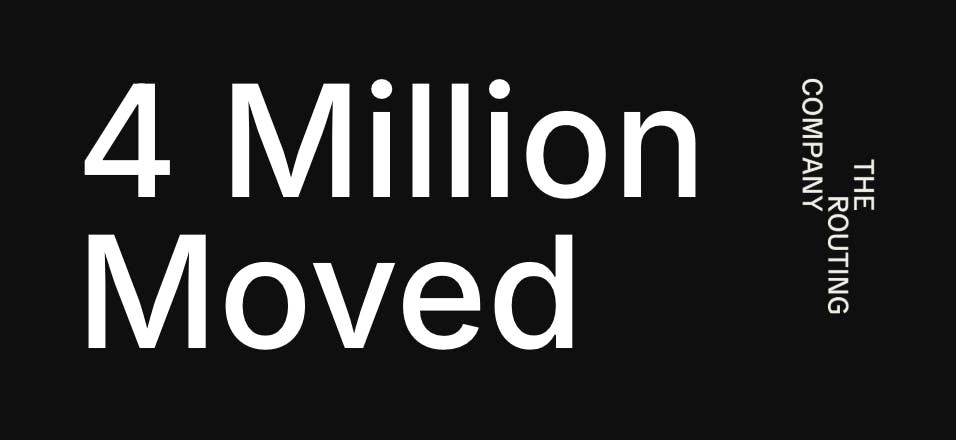

With $ 5 million in hand, The Routing Company offers public transportation authorities a ride-sharing service
James Cox spent much of his professional career at Uber try to solve the problem of how to reduce traffic jams through carpooling.
As one of the architects of the Uber pool service and a longtime proponent of carpooling as a means of reducing vehicle emissions, Cox took the opportunity to leverage technology developed at MIT that aims to perfect a dynamic routing and vehicle management system for transit authorities.
This technology is at the heart of The Routing Company, the startup that Cox is now running. It is based on software developed by Routing Company’s co-founder and chief technology officer, Alex Wallar, who was a PhD student at MIT and focused on optimizing vehicle distribution. In collaboration with employees such as Daniela Rus, the director of the MIT Laboratory for Computer Science and Artificial Intelligence, and post-doctoral researcher Javier Alonso Mora, Wallar developed a platform that allows real-time optimizations to be applied to public transport.
In April, Wallar brought the research to Menno van der Zee, and the two men developed the underlying platform that would become The Routing Company.
Cox first came on board as a consultant to the company, but decided to join the voyage full-time after seeing the technology developed by Wallar and van der Zee.
With $ 5 million in new funding led by MIT deep-tech mutual fund The Engine, and $ 6.5 million in total funding, the company is now bringing its technology to transit authorities around the world.
“We are very excited to support The Routing Company. They cracked the code for dynamic shared rides on a scale. “Said Reed Sturtevant, general partner of The Engine. “Smart ridesharing for cities will have a ripple effect. Innovations in the transit route could quickly reduce traffic jams, cut commute times for those who cannot afford to live in the city they work in, and help the environment. “
The idea is to take advantage of the services that private companies wanted to offer to consumers and take advantage of the benefits for everyone.
The startup landscape is littered with fancy private commuter services, and The Routing Company hopes to bypass the problems they face when using public transit instead of competing against it.
In the US alone, public transportation is a $ 74 billion business … and during the COVID-19 pandemic, it’s a business that is suffering badly.
“When we and all other ridesharing agencies developed shared ride algorithms in the past, the complexities of solving the shared ride problem hadn’t been solved in real time,” said Cox of his time at Uber. “My understanding was that it wasn’t possible to solve it in real time. We really make the transit to the customer. If you look at the transit they are very good at working with high capacity and demand routes. Where they are weaker is in low and medium density areas. There is really an opportunity here to help them. ”
Cox sees his new company solving a problem that specifically affects low-income, sparse communities. These areas are typically not as well or as frequently served by traditional public transportation, and the tools offered by the Routing Company provide transportation authorities with the ability to build a new fleet to serve these areas.
The Routing Company sells a package that includes an app for drivers, an app for drivers and a fleet management platform for the transit agency. While experimenting with different pricing options, Cox declined to indicate how much the company is charging its first-time customers. However, the revenue model is based on either a per-vehicle, monthly, or per-vehicle percentage of said revenue.
“Each driver receives a link to download an app. The drivers can access the app at the push of a button. We have developed tools that employees can use to make phone calls and make an appointment with an operator, ”he said.
The algorithms developed for ridesharing in the past used geolocation and a person’s destination to determine the parameters of who would pick them up. The Routing Company turns this model around by first focusing on the location of an entire fleet of vehicles and their already established routes to determine which vehicle is best suited to pick up a passenger for a trip.
Waiting times depend on the city and the number of vehicles used by The Routing Company. However, Cox said the goal is for passengers to wait no more than 10 minutes for a pickup. One city in Scotland is already using the service, and The Routing Company has signed contracts with four undisclosed cities in the US that were made in Australia.
“Lots of people who have tried to do shuttle startups. The problem with some of these is that the unit economy doesn’t work. Our approach definitely has the technology on it and if we can improve public transport instead of competing with it, ”said Cox.


